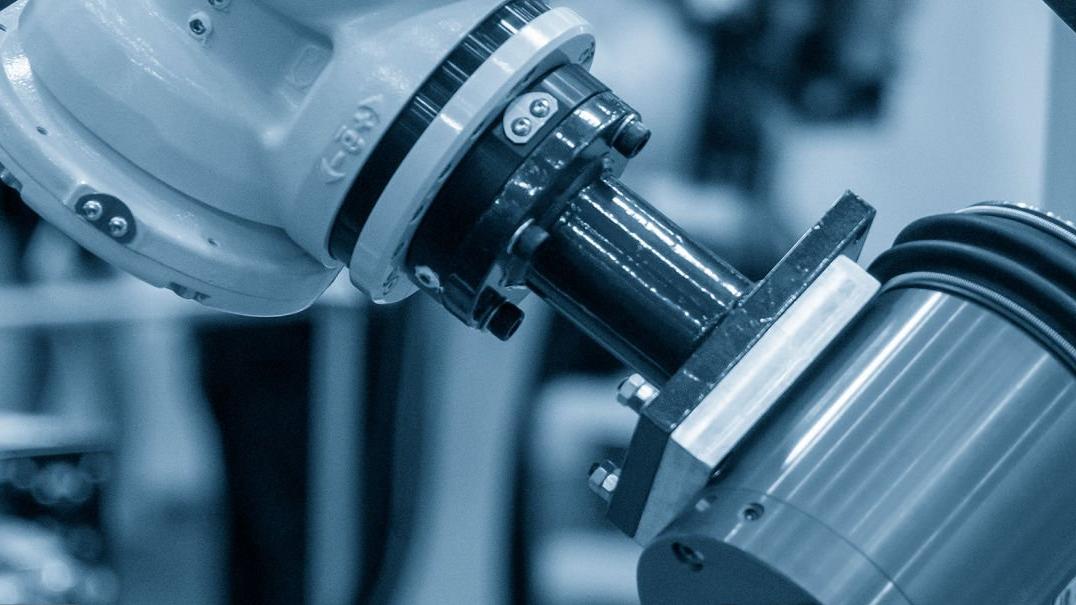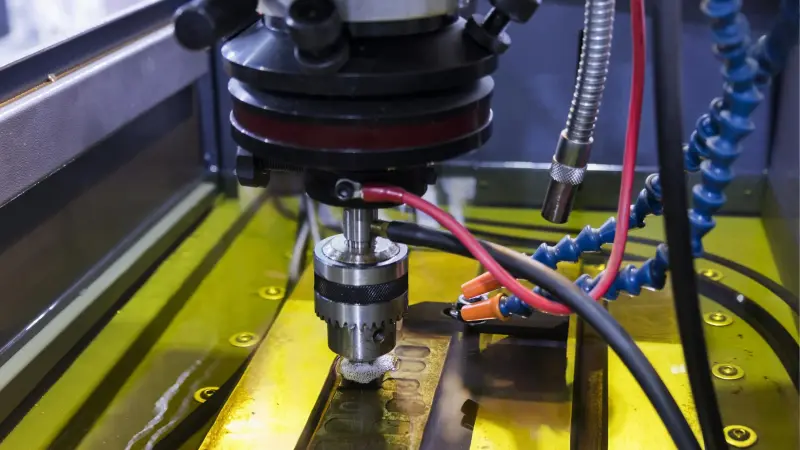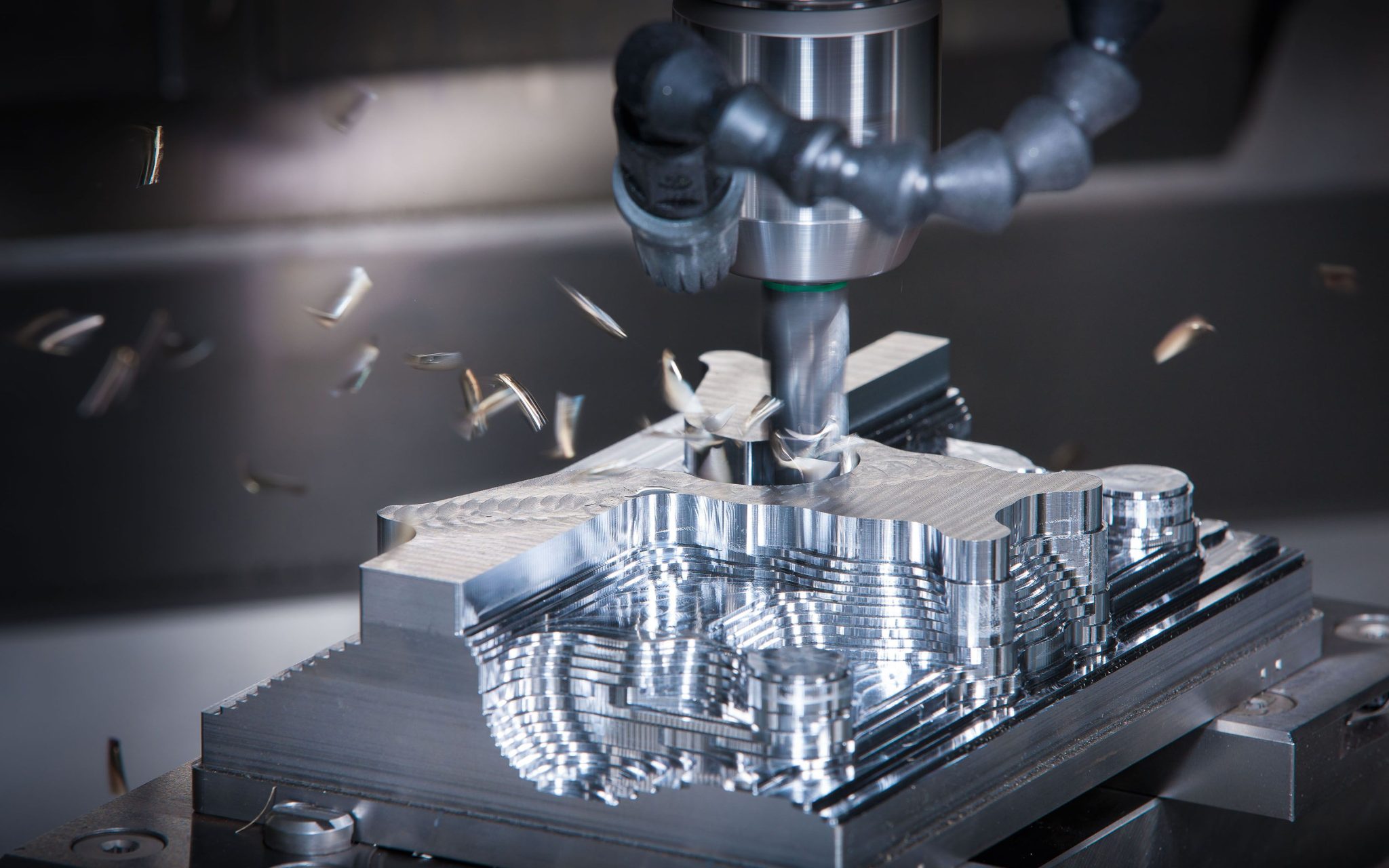Whether for prototyping or volume production, CNC machining has always played a crucial role in the manufacturing industry. Want to learn more?
This article will clearly explain what CNC machining is. It covers the basics, technical principles, major types, processes, and their applications in parts manufacturing. This guide provides mechanical engineers and manufacturing professionals with a detailed reference.
CNC Machining Concepts and Background
1. Definition of CNC Machining
CNC (Computer Numerical Control) machining refers to a manufacturing method where a computer program controls a machine to automatically perform machining. CNC machining uses a computer program to control the cutting path of machines. This allows for high accuracy and consistency compared to traditional machining.
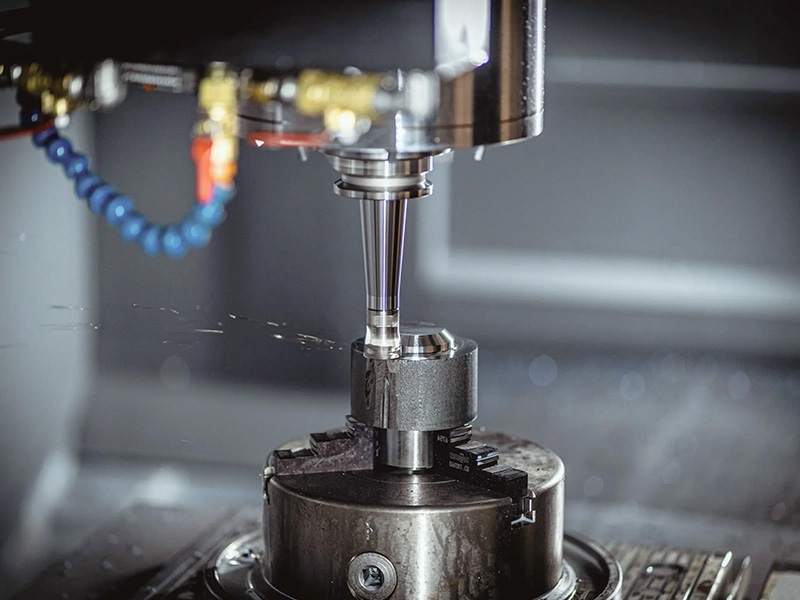
2. Development of CNC Machining
In 1949, American entrepreneur John T. Parsons worked with Frank L. Stulen from MIT’s Servomechanisms Laboratory. They used computer technology to control machine tools for the first time. They developed the first numerically controlled (NC) machines.
In 1952, MIT further improved the technology. They introduced the real meaning of CNC (Computer Numerical Control) machines. This marked the start of modern CNC technology.
Today, advanced CAD/CAM systems and smart sensors help CNC machining. This technology allows for efficient machining of parts. It also has great potential for CNC prototyping and production.
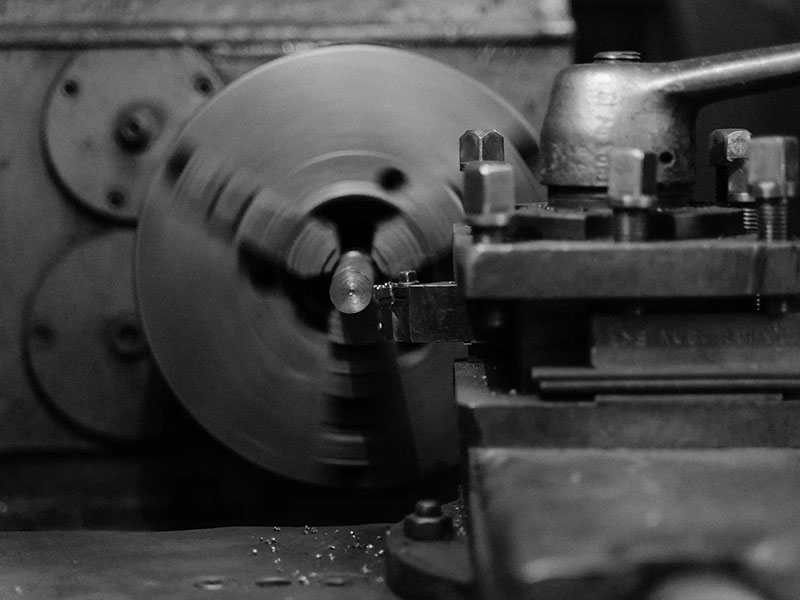
3. Differences Between CNC Machining and Traditional Machining
Traditional machining methods depend on manual work and machines. The precision and consistency of machining often rely on the operator’s skill and the limits of the process. In contrast, a computer program automatically controls CNC machining, achieving micron-level machining precision and reducing human error and production fluctuations. When manufacturing custom parts, CNC machining can better meet the design requirements for personalized and complex geometries, significantly improving product quality and production efficiency.
Core Technical Principles of CNC Machining
1. Control System and Motion Control
The core of CNC machining lies in its precise control system. The machine tool receives CNC programs generated by CAD/CAM systems and translates them into specific tool movements. The motion controller, servo motors, encoders, and feedback sensors work together as a closed-loop control system.
This system constantly checks the position and movement of each axis of the machine tool. It helps to keep errors low during the machining process.
In CNC production, when making complex parts, the closed-loop feedback system corrects the toolpath. This ensures that every part meets design specifications.
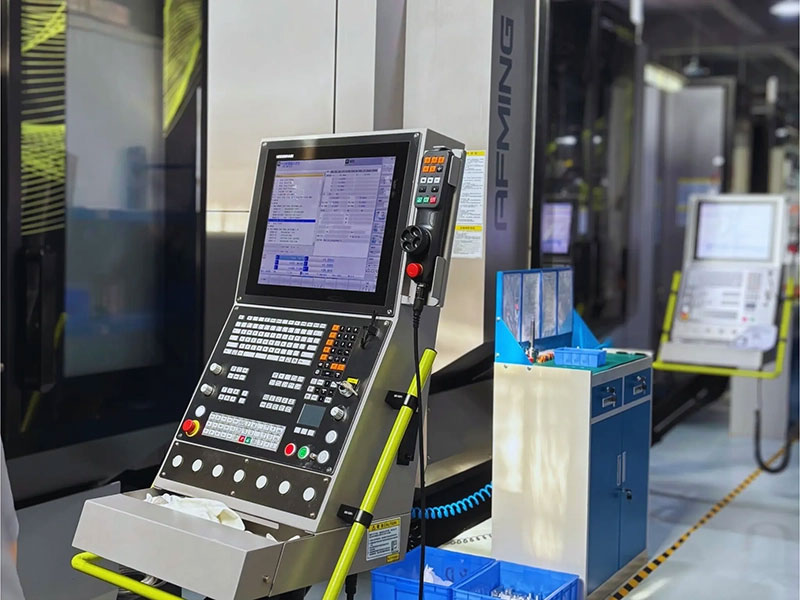
2. CNC Programming and G-code
The second critical technology in CNC machining is CNC programming. Engineers usually use CAD software to create 3D models. They then use CAM software to plan the toolpaths.
G-code is the language that CNC machines use to perform tasks. It tells the machine how to move each axis, the speed of the feed, cutting depths, and other important details.
In CNC prototyping, accurate G-code helps with machining precision. It also prevents machine collisions and interference. This improves the safety and reliability of the whole machining process.
3. Integration of CAD/CAM Systems
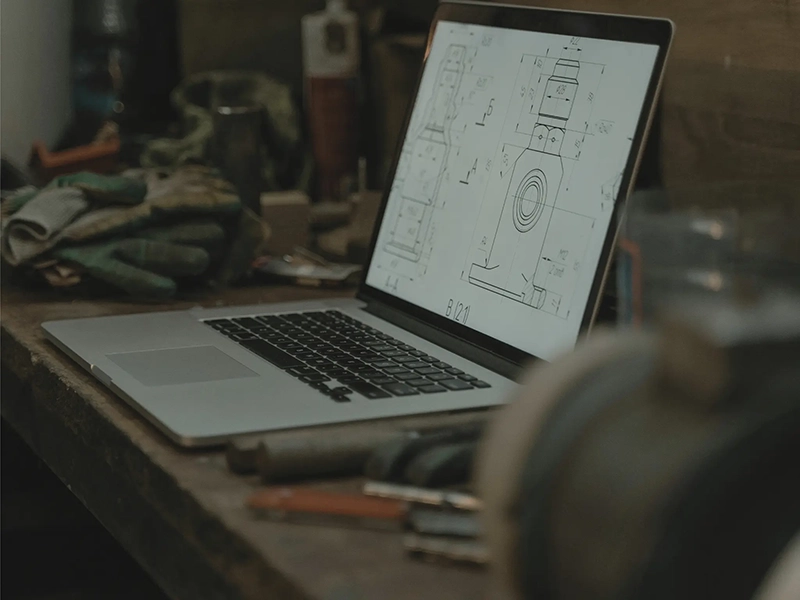
4. Interpolation Algorithms and Intelligent Control
Modern CNC machines use advanced interpolation algorithms. These include linear interpolation and circular interpolation. They help create smooth transitions for the tool during machining. This reduces vibration and impact.
With the help of artificial intelligence and IoT, CNC systems are slowly achieving smart control. They automatically adjust machining settings using real-time feedback data.
This smart control boosts machining efficiency and product quality during CNC parts machining and prototyping. It lays a strong technical foundation for large-scale CNC production in the future.
Main Types of CNC Machining
1. CNC Milling
CNC milling machines are exceedingly common. People mainly use them to shape flat surfaces, curved surfaces, and complex parts. Using rotating milling cutters, CNC milling machines can efficiently machine high-precision parts. CNC milling machines provide stable and reliable performance for both batch production and prototyping of new products.
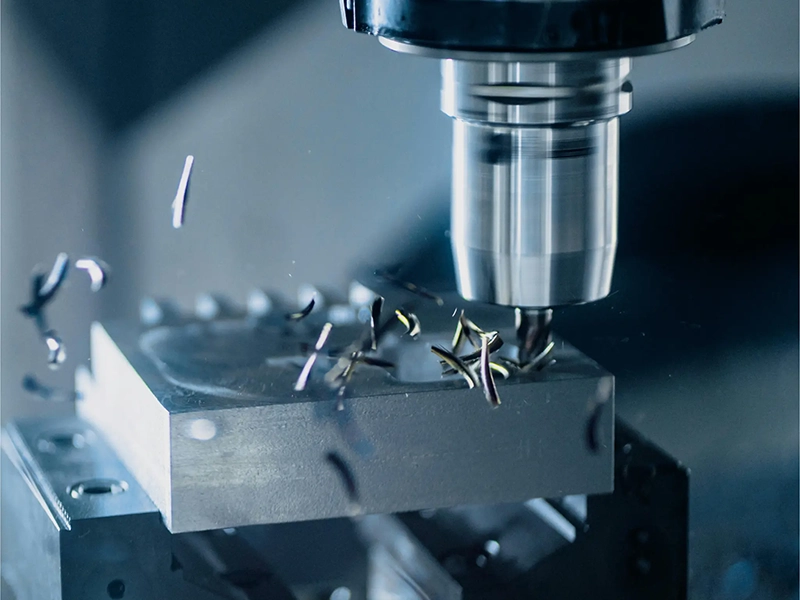
2. CNC Turning
CNC lathes are primarily used to machine shaft-type or cylindrical parts. The machine operator secures the workpiece on a rotating table then the tool moves to do the cutting.
CNC lathes are crucial in CNC machining which help make many custom parts and CNC parts. They ensure high precision and consistency during the machining process.
3. CNC Grinding
Operators use CNC grinding machines for precise grinding of workpieces. They are especially good for items that need high surface quality and strict tolerance control. The main idea is to use fast-spinning grinding wheels to cut material. This removes tiny bits of excess material and creates a smooth surface.
Manufacturers commonly use CNC grinding machines to make shaft parts, molds, and cutting tools. They achieve precision at the micron level and ensure high stability and consistency in products.

4. Electrical Discharge Machining (EDM)
EDM is a precision machining technology specifically for high-hardness materials. It uses electric discharges between an electrode and the workpiece to remove material without touching them. This is useful for making complex shapes. It can also handle parts with ultra-tight tolerances.
Traditional cutting methods struggle with these tasks. Manufacturers commonly use EDM in making molds, processing precision parts, and micro-machining. It ensures high precision and great surface quality.
CNC Machining Process Flow
The CNC machining process has five main stages: design, programming, simulation, machining, and post-processing. Each stage plays a critical role in ensuring the quality and precision of CNC parts.
1. Design and Modeling
In the first stage of CNC machining, engineers use CAD software for detailed part design and 3D modeling. During the design process, engineers must think about the part’s shape, size limits, material features, and machining needs. This helps provide accurate data for the next steps in CAM path planning.
For custom parts design, digital modeling quickly captures product details. This ensures that each part meets the customer’s specific needs.
2. Programming
After design is complete, engineers use CAM software to plan the toolpaths and set machining parameters. This stage includes selecting appropriate cutting tools, determining feed rates, cutting depths, and spindle speeds. After careful simulation, the CAM system creates the G-code. This code will directly control the machine tool for CNC machining.
For complex parts and CNC prototyping tasks, good path planning improves machining efficiency and safety. It helps prevent interference or collisions during machining.
3. Simulation Verification
The generated CNC program must undergo simulation verification in a virtual environment. Engineers can use CNC simulation software to show how the machine tool moves. This helps them find possible risks in the machining path.
The simulation phase helps reduce trial errors and ensures the program remains stable and reliable in actual CNC production. This step is crucial when making high-precision CNC parts. It helps avoid unexpected collisions and mistakes by the operator during machining.
4. Processing and Monitoring
Once the verified program is uploaded to the CNC machine tool, the official CNC machining task begins. During the machining process, the machine tool fixes errors using a closed-loop control system. This ensures that each step follows the design requirements closely.
A real-time monitoring system collects data via sensors to monitor cutting conditions, temperature, vibrations, and other parameters, making automatic adjustments when necessary. This process not only ensures the precision of CNC parts but also makes large-scale CNC production more efficient and stable.
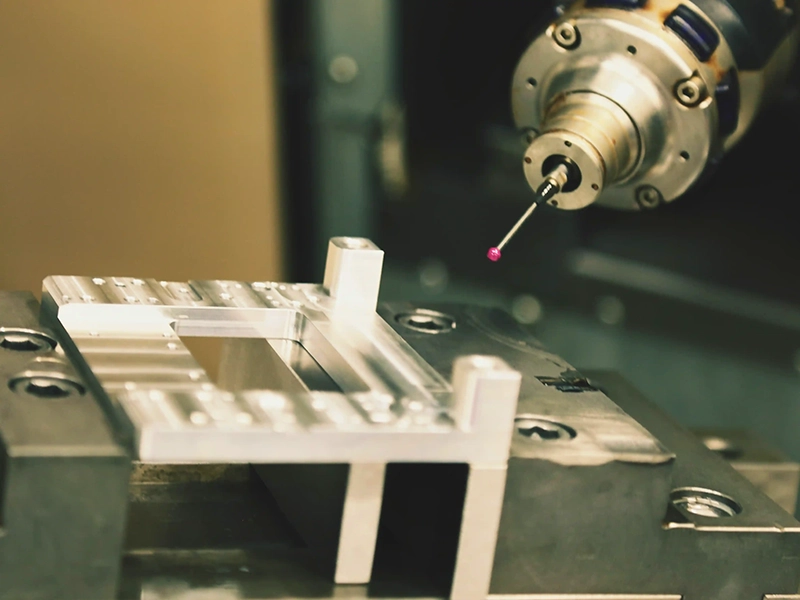
5. Quality Inspection
After the initial machining, the team usually needs to perform post-processing on the product. This includes surface polishing, heat treatment, coating, and precision inspection. Engineers can use digital inspection tools to check that the size, shape, and surface quality of parts meet strict standards.
For custom parts, careful post-processing and inspection are crucial. They directly affect how the final product performs and looks.
Applications of CNC Machining in Various Industries
1. Aerospace
In the aerospace industry, companies commonly use CNC machining technology. It helps make important parts like aircraft engine blades and fuselage structural parts. These parts require extremely high precision and material performance. CNC machining ensures not only product reliability but also significantly shortens production cycles.
Many manufacturers create CNC parts in aerospace using strict CNC production processes. This ensures that each part meets high standards.
2. Automotive
The automotive manufacturing industry demands strict standards for part consistency and high precision. Technicians use advanced CNC machining equipment to process engine parts, transmission parts, and custom components in a vehicle’s body. With automated CNC machining processes, automotive manufacturers can achieve efficient and stable production, reduce costs, and improve part consistency and durability.
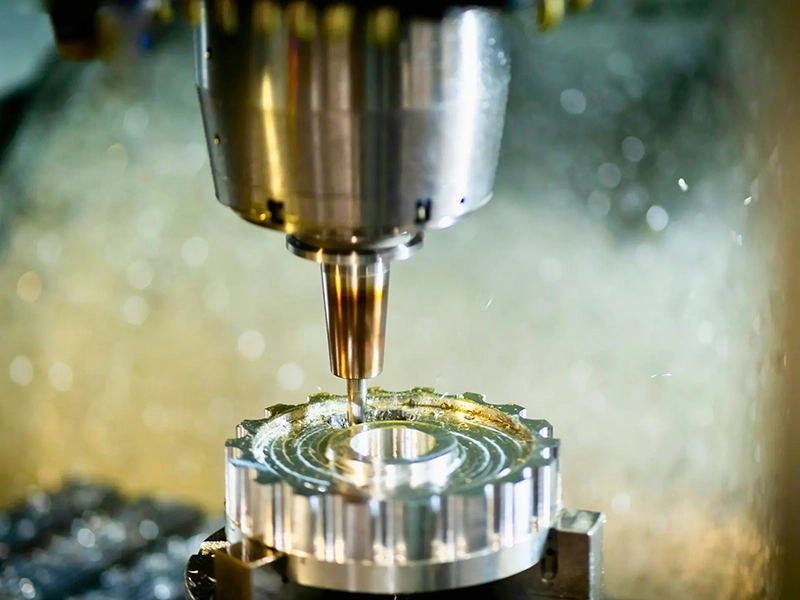
3. Medical Devices
CNC machining is essential in the medical industry, where precision and reliability are critical. Manufacturers widely use it to produce high-precision components for joint implants, orthopedic devices, and surgical instruments. These medical parts need ultra precise measurements. They must also meet strict biocompatible standards to ensure patient safety and long-lasting performance.
Advanced CNC machining techniques make it possible to create complex shapes with smooth surfaces. This meets the high-quality needs of medical applications.
4. Precision Instruments
In precision instruments, CNC machining makes it possible to produce highly precise components. These parts have low tolerances and manufacturers use them in high-end testing and diagnostic equipment. These instruments rely on precisely machined parts to maintain exceptional accuracy and reliability in critical applications such as scientific research and industrial measurement.
CNC machining ensures superior surface finishes and intricate detailing, which are essential for optimal performance. Additionally, CNC prototyping technology accelerates product development, allowing engineers to refine designs and quickly transition from concept to trial production with minimal lead time.
5. Mold Manufacturing
Mold manufacturing demands exceptional precision and meticulous attention to detail. CNC machining enables the production of highly complex surfaces with outstanding accuracy, ensuring that molds meet strict industry standards. Additionally, CNC technology enhances mold durability, improving the lifespan and reliability of molds used in injection molding, die casting, and other manufacturing processes. High-precision machining ensures that the final molded products achieve superior quality, consistency, and dimensional accuracy.
6. Custom Parts
CNC machining offers a flexible and efficient way to make custom parts. It meets the rising need for personalized manufacturing. Whether for aerospace, automotive, or industrial applications, CNC technology allows for the rapid production of complex and highly specialized components.
Small-batch production can keep the precision and quality of large-scale manufacturing. It also allows for unique designs and complex shapes. This makes CNC machining an ideal choice for industries requiring both customization and high precision.
7. Efficient CNC Production
As CNC machining technology advances, improving production efficiency has become a key focus for manufacturers. By improving tool paths, automating workflows, and using high-speed machining, CNC production can work faster. It can also keep great precision.
Additionally, modern CNC systems incorporate adaptive control mechanisms that minimize material waste and reduce downtime, ensuring a highly efficient and cost-effective manufacturing process.
8. Smart Manufacturing
With Industry 4.0, CNC machining is now more than a single process. A key part of smart manufacturing systems exists. By integrating IoT, artificial intelligence, and extensive data analytics, CNC production can achieve full-process digital management, remote monitoring, and predictive maintenance.
These advancements let machines change machining settings in real time based on feedback. This improves product consistency and allows for more flexible and customized manufacturing solutions.
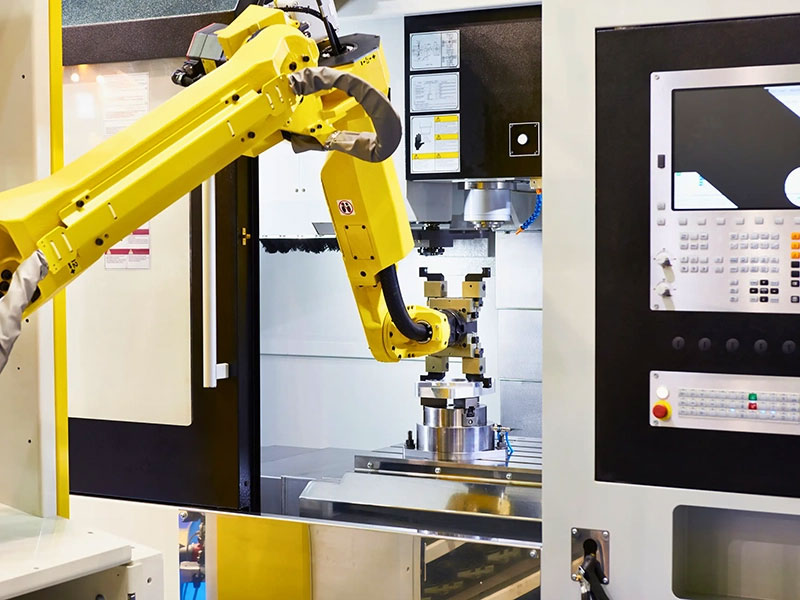
Challenges and Future Development of CNC Machining
1. Current Challenges
Despite significant advancements in CNC machining technology, there are still several challenges in practical application:
- High Equipment and Maintenance Costs:
Advanced CNC machine tools and their smart control systems are costly. The high need for maintenance and calibration adds a substantial financial burden on businesses. - Lack of Expertise and Talent:
High-quality CNC machining relies on skilled CNC programming, tool selection, and process optimization. However, there is a shortage of specialized talent and technical training in this field. - Tool Wear and Thermal Effects:
During prolonged high-speed machining, factors such as tool wear, thermal expansion, and vibrations can affect product quality. We need continuous improvements in compensation algorithms and intelligent monitoring methods. - Software System Compatibility:
Problems with data transfer and compatibility between CAD/CAM systems and CNC machines can affect machining efficiency and precision. This forces businesses to keep updating their technical platforms.
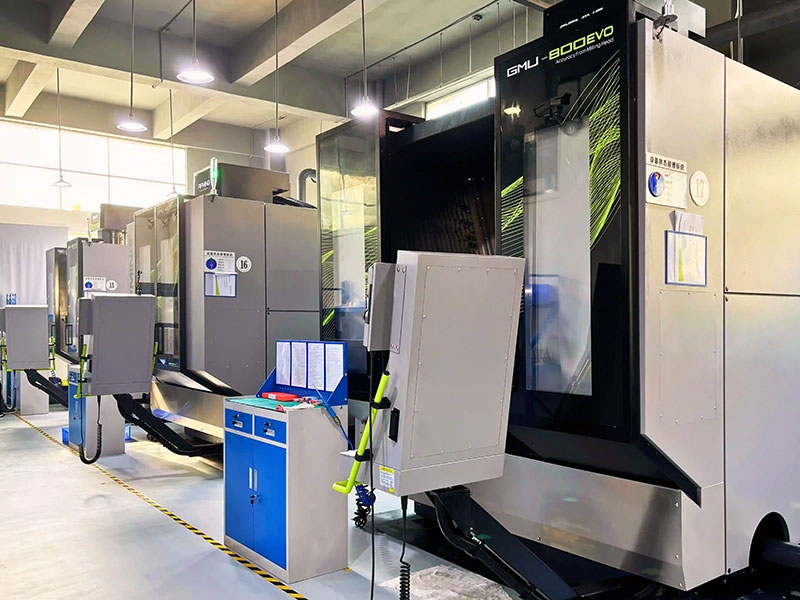
2. Future Trends
In response to the above challenges, the future development of CNC machining technology is expected to follow these trends:
- Intelligent Manufacturing:
Using artificial intelligence and IoT technologies, future CNC machine tools will collect data in real time. They will also self-diagnose and adjust machining settings automatically. This will optimize machining paths and greatly improve the precision and efficiency of CNC parts manufacturing. - Full-Process Digitization:
CNC machining will connect easily with cloud platforms and extensive datasets. This will create a fully digital management system, covering design, programming, production, and inspection. This will help connect CNC prototyping and large-scale CNC production. We will create a strong link between customization and standardization. - Green and Energy-Efficient Manufacturing:
By optimizing cutting parameters and improving cooling technologies, future CNC machining will focus on green manufacturing. This will reduce energy use and pollution, supporting sustainable development. - Additive and Subtractive Manufacturing Integration:
Mixing traditional CNC machining with 3D printing can lead to better solutions. This combination is useful for making complex and custom parts. You can also include other additive manufacturing methods. This approach will use the strengths of each technology and lead to new process improvements. - Intelligent Monitoring and Maintenance:
By connecting machines to networks and using data analytics, we can monitor and manage operations in real-time. This will lower equipment failure rates and maintenance costs. The process will also ensure stable and continuous CNC production.
CNC Machining in Custom Parts and Prototyping
1. Personalized Design of Custom Parts
As market demands become increasingly diverse, more and more companies are focusing on the development of custom parts. Through CNC machining technology, businesses can quickly design and manufacture unique products based on customers’ s pecific needs.
In aerospace and high-end car manufacturing, advanced CAD/CAM software helps create 3D models. It also plans cutting paths for precise machining. After rigorous CNC programming and simulation verification, high-precision, high-complexity CNC parts can be custom-produced.

2. CNC Prototyping Accelerates Product Development
During the early stages of new product development, fast prototyping is crucial for product improvement and market validation. Using CNC machining for prototyping helps turn design ideas into product prototypes quickly. This lets engineers test how products work, improve their structures, and get them ready for mass production.
This technology widely used in medical devices, electronics and industrial equipment, greatly reducing the product development cycle from design to volume production.
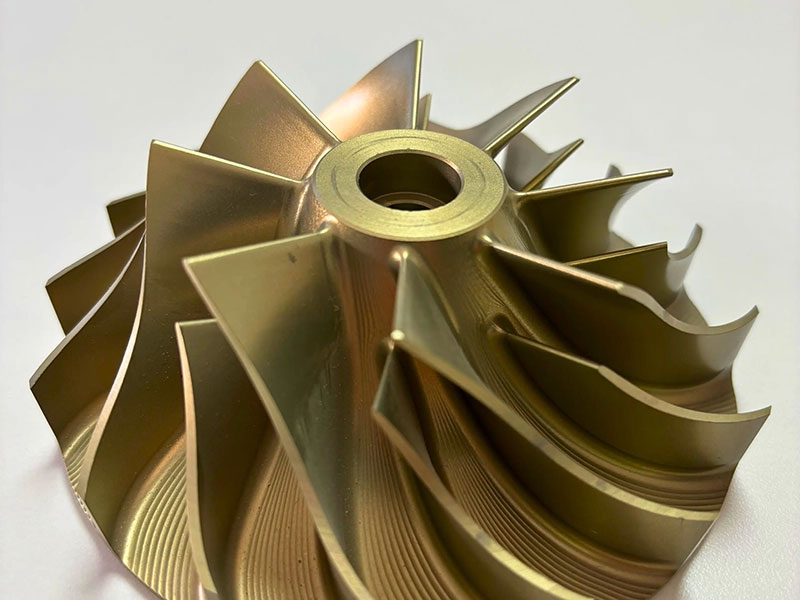
Conclusion
CNC machining technology, with its precision, efficiency, and automation features, is driving the upgrade of the manufacturing industry towards digital and intelligence. Whether for custom parts production, mass manufacturing, or new product prototyping, CNC machining demonstrates unplaceable advantages. With Industry 4.0 and Smart Manufacturing, CNC machining will become more digital and intelligent, driving the industry towards greater efficiency and sustainability.
In a competitive market situation, high quality CNC machining not only improves product performance, but also increases productivity. FastPreci focuses on providing high-precision, fast-delivery CNC custom parts machining services to meet various complex demands, supporting your product development and manufacturing.
If you need a reliable CNC machining partner, contact us for reliable custom solutions.


